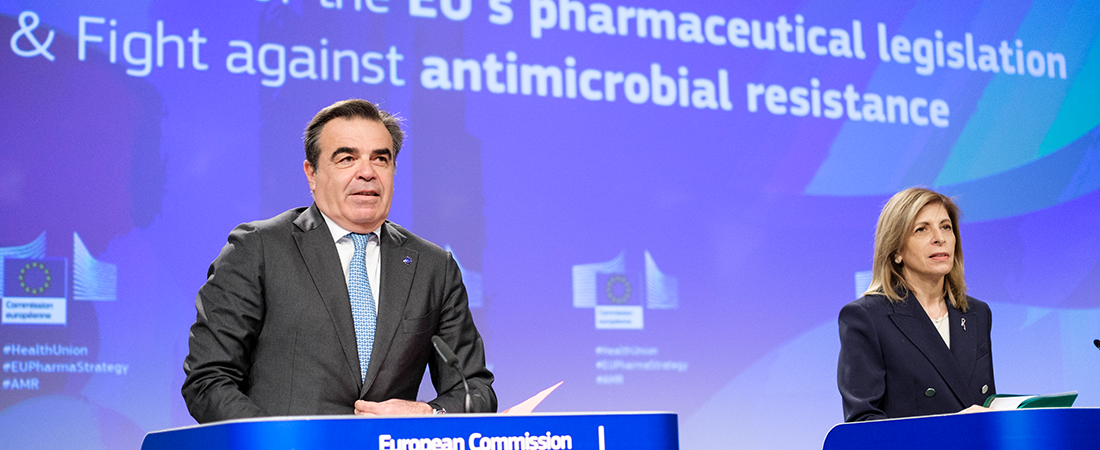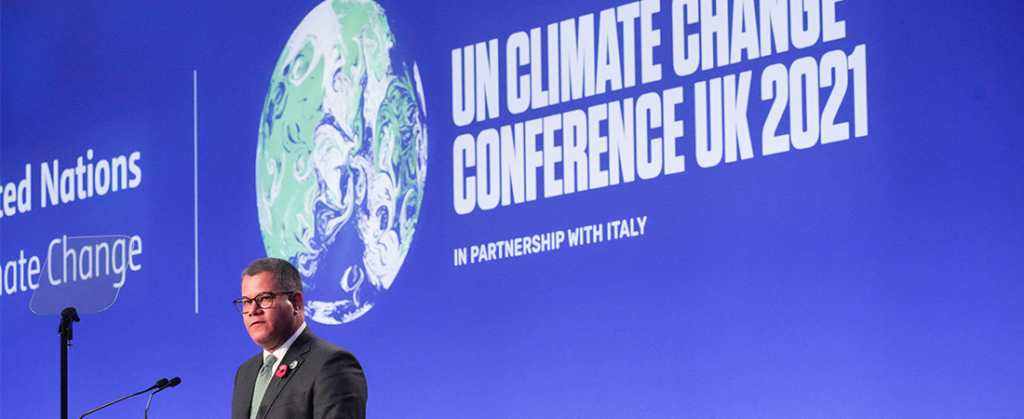After several delays, the European Commission has finally published its long-awaited proposal for a pharmaceutical package. The package consists of the revision of the General Pharmaceutical Legislation, the revision of the Paediatrics and Rare Disease legislation as well as a Council Recommendation on antimicrobial resistance.
Within these developments, the once in a generation reform to the EU’s General Pharmaceutical Legislation has made pharmaceutical industry boardrooms, civil society, healthcare professionals and most importantly patients take notice.
For some time, there have been calls for reform with COVID-19 shining a light on the need for change and reorientating the EU’s approach to activity in health which still has a limited basis within existing treaties.
Part of the EU’s Pharmaceutical Strategy adopted in 2020, the Commission has sought to balance priorities within their legislative proposal – improving access across the EU whilst also ensuring the pharmaceutical industry in Europe remains globally competitive. Other goals include combatting AMR, improving environmental sustainability, and modernising the regulatory framework.
The Commission’s answer? A toolbox of legislative instruments to move towards a single market for medicines access.
Touted by commentators as a “carrot and stick” approach, the initial reaction to the proposal is that it appears to be skewed towards a stick approach. Proposals to reduce market exclusivity to 8 years from 10, with the option for companies to “win back” two additional years if they launch in all member states within 2 years, will dominate commentary.
On the other hand, the introduction of transferable exclusivity vouchers to incentivise the development of antibiotics by awarding developers of new antibiotics with a sellable voucher that grants a year of protection for a drug of the company’s choice can be seen as a carrot within the lengthy proposal.
Illustrating the battle lines in the coming months, stakeholders have displayed a mixed reaction to the proposal. European industry groups have commented that the current proposal, particularly the inclusion of measures to tie market exclusivity to cross-EU access, could harm European research and development whilst not acting as the silver bullet for access the Commission hope for.
On the other side, some civil society groups have welcomed the proposal whilst also pushing for the legislation to go further on areas such as compulsory licensing and disclosure of R&D costs.
Time is of the essence to get the balance right
As we enter endgame for the legislation it will now be for MEPs and the Council of the EU to determine whether the “carrot and stick” balance has been met.
In the coming months, the European Parliament and the Council will have to determine their positions before the European Institutions enter intro trilogue negotiations.
If the institutions do not reach an agreement by the end of the year, there is the matter of next year’s European Union elections to deal with as attention will shift from legislative work to campaigning.
As a large and complex legislative package, chatter is already permeating within the Brussels Bubble as to whether the legislation will make it out the other side with an agreement in place this year.
The initial reaction from MEPs during an exchange of views with Health Commissioner Stella Kyriakides right after the presentation of the package was fairly positive, especially compared to the January leak. Some raised the concern about the competitiveness of the pharmaceutical industry and would like to see stronger incentives.
After months of speculation and leaks the legislation will now be the source of EU politicking. Health Commissioner Kyriakides will have to take away existing concerns, hope parties listen to her plea to take both patient interests and industry interests into account and get this legacy defining legislation over the line.
Whether or not this can be done within the tight timeframe remains to be seen.
To find out more about the work we do and how we can help, please contact us.





